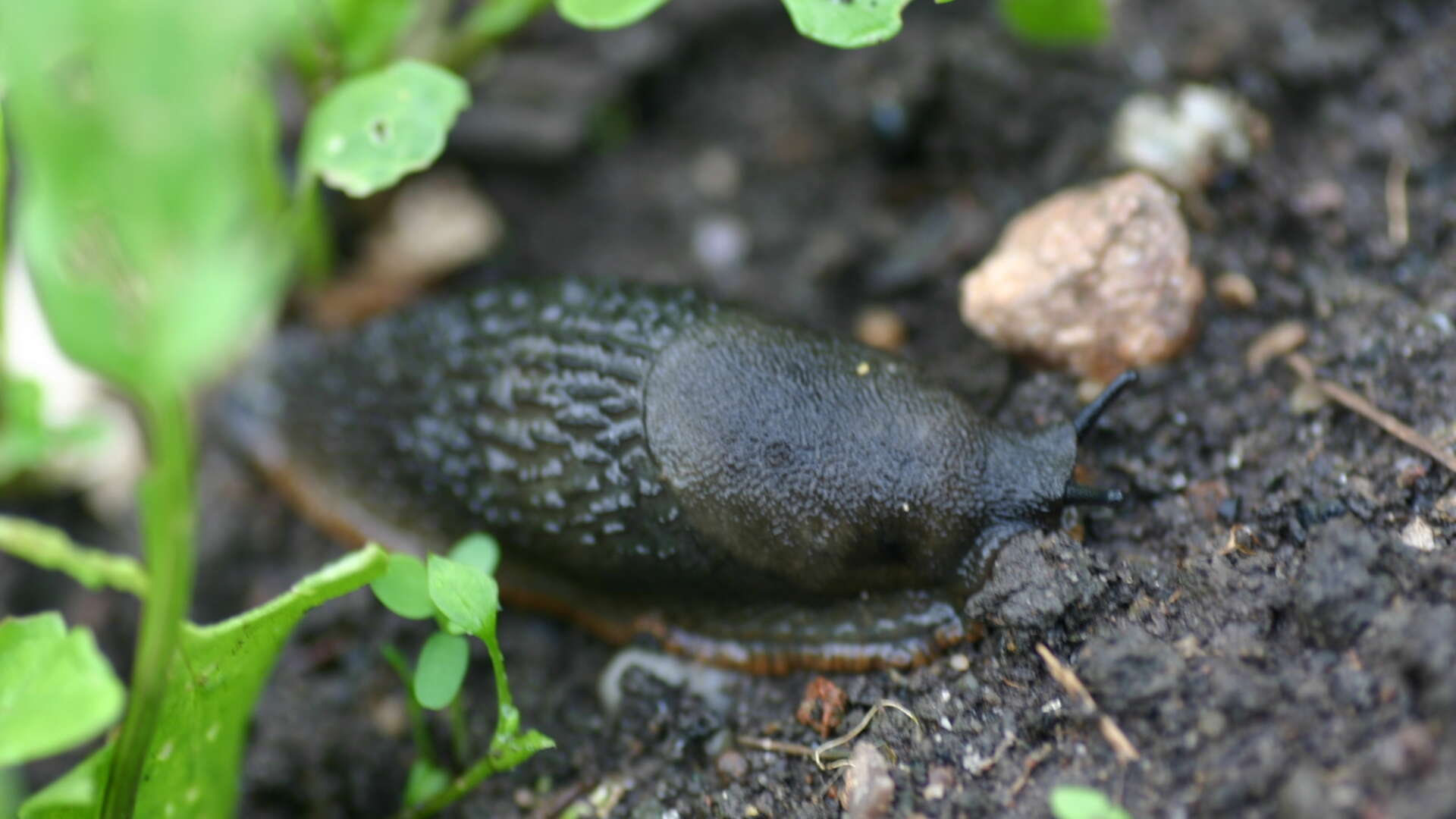Slug pellets - a win for organic!

Why ban metaldehyde? The decision to prohibit the use of metaldehyde, except in permanent greenhouses, follows advice from the UK Expert Committee on Pesticides (ECP) and the Health and Safety Executive (HSE), both of whom recognised that this deadly poison poses an unacceptable risk to birds and mammals. In some cases, dogs have been known to eat the pellets, leading to sickness and in extremis, death. And there is an argument that birds who eat slugs who have been poisoned by metaldehyde, are risking secondary poisoning. Certainly there have been cases of dead hedgehogs being found to have had very high levels of metaldehyde in their system. Metaldehyde slug pellets are used in large quantities by farmers, causing poisonous run off into fresh waterbodies.
Are ferric phosphate pellets safe? While less harmful than metaldehyde, and just as effective, there are potential drawbacks to the fp pellets. They contain iron phosphate, which affects the calcium metabolism in the gut system of snails and slugs causing them to stop feeding and die within three to six days. Any uneaten pellets will eventually break down into phosphate and iron which will then be taken up as nutrients by surrounding plants. However, there remains the problem of the other ingredients in the tablets - known as chelators. These chemicals help bond the iron molecules and make them more toxic to the molluscs. Unfortunately these chemicals also affect earthworms. Our advice therefore is to use the pellets very sparingly. Just 4 or 5 in an area of an A4 sized piece of paper.
See here for ways to prevent slugs and snails in your growing area. And how to treat them.